
ENVIRONMENT
03-02-2024 di Leni Frau

The Kenyan Indian Ocean is once again becoming an attraction thanks to younger tourists who know how to appreciate its beauties, even hidden ones, and the variety of possibilities to enjoy it.
Unlike 'beach' and sunbathing tourists, who even prefer to spend most of their time by the pool, young people and international travellers have this year, in destinations such as Watamu and Diani, decreed a return to underwater activities, such as snorkelling, as well as the sport of kitesurfing, in addition to more contemplative excursions in search of dolphins and the passage of large cetaceans.
The great lure of the ocean and the variety of fish and organisms that populate its reefs has also given a boost to the marine conservation associations that operate along the coastline.
As the Conservation Education Society of Kenya reports, what excites most about scuba diving is the variety of fish attracted to coral reefs, the explosion of colours and life beneath the waves.
"Even more fascinating is learning to identify fish in a healthy reef populated by hundreds of fish! Fish of all sizes, shapes and colours, as well as differently coloured corals - we bet this is what attracts snorkelers and divers from different parts of the world to Kenya's coastal regions. Kenya is home to some of the most fascinating coral reefs and its economy benefits from both reef fishing and reef-related tourism! Most international tourists who come to the coast for snorkelling and diving come to enjoy this beautiful ecosystem: the coral reefs.
It is not only this: artisanal fishing in coral reefs, seagrass beds and associated environments accounts for more than 95 per cent of the total catch of marine fish, which means an important source of protein and livelihood for coastal communities.
In particular, CESK recalls, the southern part of Kenya's coastal region is one of the most popular tourist destinations. Kenya is home to 250 species of coral reefs, with Shimoni and Kisite, located in the south, having the highest coral diversity. These reefs are found at different depths, from less than 1m at low tide to over 20m.
"Worldwide, however, coral reefs continue to be at risk due to a multitude of stressors! In Kenya, the most severe case of coral mortality ever recorded was in 1998. Kenya's coral reefs suffered 50-80% mortality due to the El Nino-related coral bleaching event that affected the entire Indian Ocean. Rising sea surface temperatures linked to global climate change have continued to trigger bleaching episodes that cause coral bleaching and death, followed by a reduction in marine life associated with the reef. Overfishing only exacerbates the problem in the region. Destructive fishing practices, the rapid expansion of coastal populations and the resulting increase in domestic sewage loads, plastic pollution, agricultural discharges and industrial effluents into the marine environment pose a significant threat to coral reefs and their inhabitants in the entire Western Indian Ocean region."
What would happen if the coral reefs disappeared completely? Scientists in the WIO region have warned of the loss of many benefits associated with coral reefs in the event of coral depletion. A massive decline of healthy coral reefs off the Kenyan coast poses a danger to the marine ecosystem and the maritime sector. There is a danger of reduced tourism, loss of coastal protection, which can lead to property damage and erosion. Some experts predict hunger, poverty and political instability due to the disappearance of many people's livelihoods. Once the corals die, the reefs will also die and erode, and the subsequent rock formation will not be able to support significant marine life. Local fishermen in Kenya have reported a decline in catches over the years. Since the mid-1980s, scientists have recorded a fourfold decline in reef catch rates and a decrease in species diversity. As a result, local fishermen have continued to suffer from high levels of poverty.
Although the Kenyan government has taken measures to promote better fishing practices that are less harmful to coral reefs, the implementation of these policies has been a challenge and further management measures need to be put in place. However, all is not lost, as efforts by various stakeholders are still ongoing throughout the region. Many coral reef conservation efforts have focused on understanding and preventing mass coral mortality. Studies have also shown that marine parks in Kenya are effective in protecting coral reef communities, with increased hard coral cover and fish diversity. South Africa is one of the countries in the WIO region that has protected its coral reefs and has urged countries in the region to do the same by expanding marine protected areas.
Fortunately, in recent years, coral reef conservation and restoration programmes have also taken hold in Kenya. The country has become second only to the Seychelles in the Indian Ocean region in terms of coral rehabilitation to stimulate natural regeneration and recovery and to restore habitat complexity. These projects are currently being expanded to other degraded reef sites throughout the region. Several projects working with fishing communities to rebuild these reefs along the coast have recorded an increase in fish populations within a year of the start of the project, as well as reporting the spread of species into unprotected areas, benefiting many more people.
PLACES
di redazione

The women's week continues on the white beaches of Kenya and after the celebrations that began last Tuesday with dinners and special events, the highlight is reached on Saturday, March 12...
ENVIRONMENT
di redazione

The coral reef is one of Watamu's and Kenyan Indian Ocean attractions.
Off the tourist resort, the first barrier is present from the entrance of Mida Creek to Malindi without interruption and has allowed over time and thanks to the...
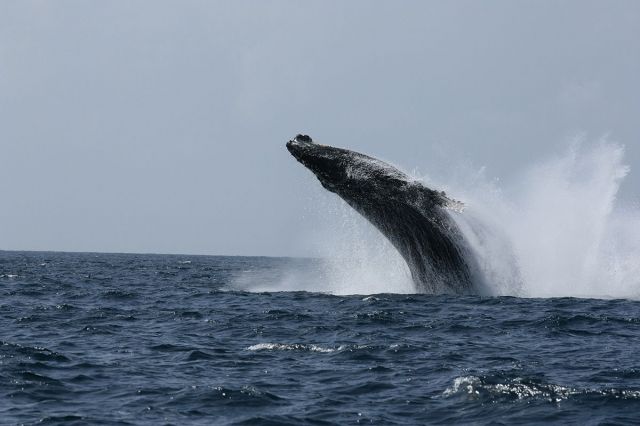
The tourist season has just begun, but those lucky enough to be in Kenya, and specifically in Watamu, these days...
TOURISM
di redazione

Young people have chosen it as a favorite destination for the Kite Surfing.
The wind has changed since a week, the first month in the summer kaskazi blows strong and allows the long strip of ocean protected by coral reefs,...
TOURISM
di redazione
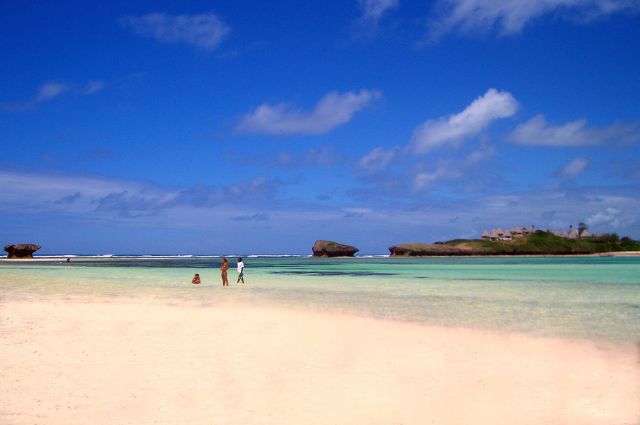
Watamu is increasingly devoted to hospitality, like no other tourist resort on the Kenyan coast.
Within a few kilometers of extension, the "pearl of the Indian Ocean" can count as many as...
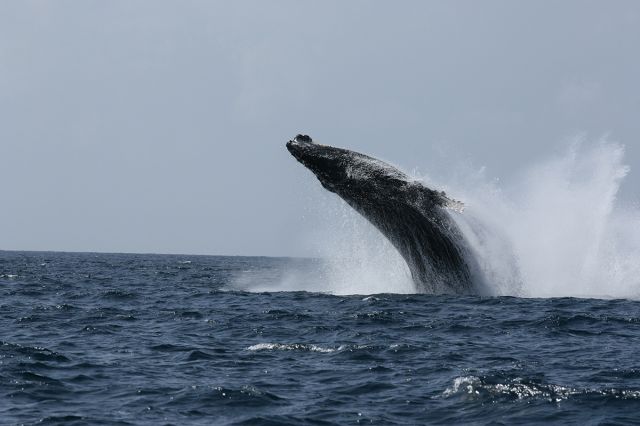
As it happens every year between the months of July and August, in Watamu have been sighted the first whales migrating in this season from Madagascar, through the coasts of Mozambique and Tanzania, towards east.
NEWS
di redazione
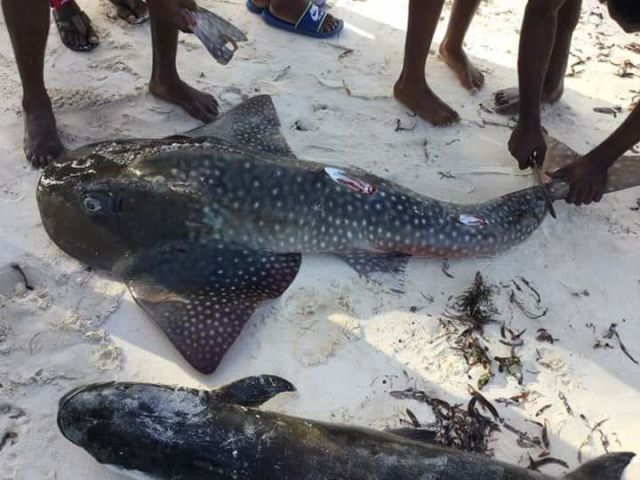
Thanks to the photograph of a marine scientist, Michael Gilbert, on Watamu's beach, it was possible to classify the incredible fish that were finished in the local fishermen network, which are not usual to capture such specimens of the genre.
ENVIRONMENT
di redazione

Downstream from an ecological disaster brewing a continent away, these placid waters are bearing the brunt of a foot-born problem: your flip flops.
The Japanese call them zoris. They're thongs in Australia. Tsinelas in the Philippines and chinelos in Brazil....
NEWS
di redazione

The low season in Kenya sometimes holds some nice surprises, especially when new administrations (such as the one in national government and the one sitting in Kilifi's county offices) decide to...
TOURISM
di redazione
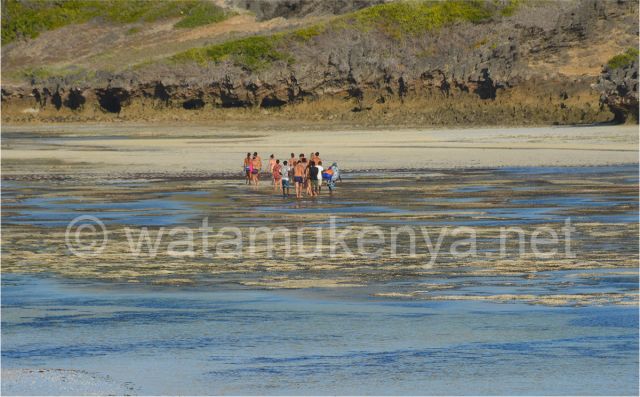
There is a new Kenyan star shining in the firmament of the most clicked tourist destinations by Italians on search engines and most viewed on Youtube and Tik Tok video channels. It is...
ENVIRONMENT
di redazione

The beach of Jacaranda Bay, recently chosen by our readers the most beautiful of the Kenyan coast, also seems to be very enjoyable for sea turtles.
In recent days, the Local Ocean Trust volunteers from Watamu Turtles discovered beach turtles...
NEWS
di redazione

Improving the infrastructure at Watamu.
It is a slow process but its fruits, as it was previously for lighting all the main artery and how it will be for connecting the coastal road with Malindi, via Mayungu.
The Timboni road pavement...
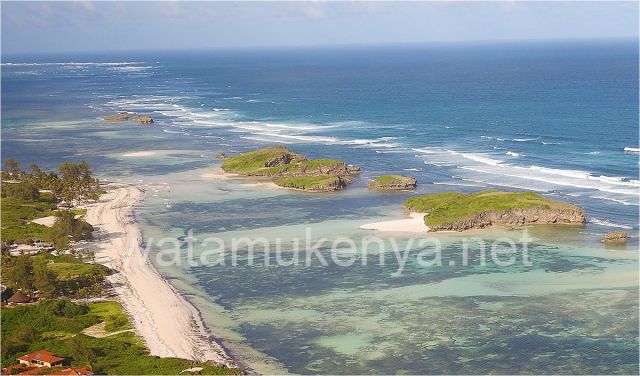
From ancient Arabic scriptures, it is known that the Arabuko forest stretched from just outside Malindi to almost Kilifi and was populated by wild beasts, poisonous snakes (cobras above all) and elephants, which often...